Looking for the best spice recipes to elevate your cooking? You've come to the right place! Discover 7 essential spice blends for every skill level, plus expert tips on buying, storing, and using spices to transform your meals. Whether you're a beginner or seasoned chef, these practical recipes will maximize flavor in every dish.
Quick Navigation: Find Your Perfect Spice Recipe
- Why Spices Are Your Kitchen's Secret Weapon
- Beginner Spice Blends: Simple Recipes for New Cooks
- Advanced Spice Blends: Elevate Your Cooking with Complex Flavors
- Buying Guide: How to Choose Premium Spices
- Proper Storage Techniques for Maximum Freshness
- Fusion Twist: Global Flavors in One Pan
- Seasonal Spice Recipes for Every Time of Year
- Frequently Asked Questions About Spice Recipes
- Conclusion: Transform Your Cooking Today
Why Spices Are Your Kitchen's Secret Weapon
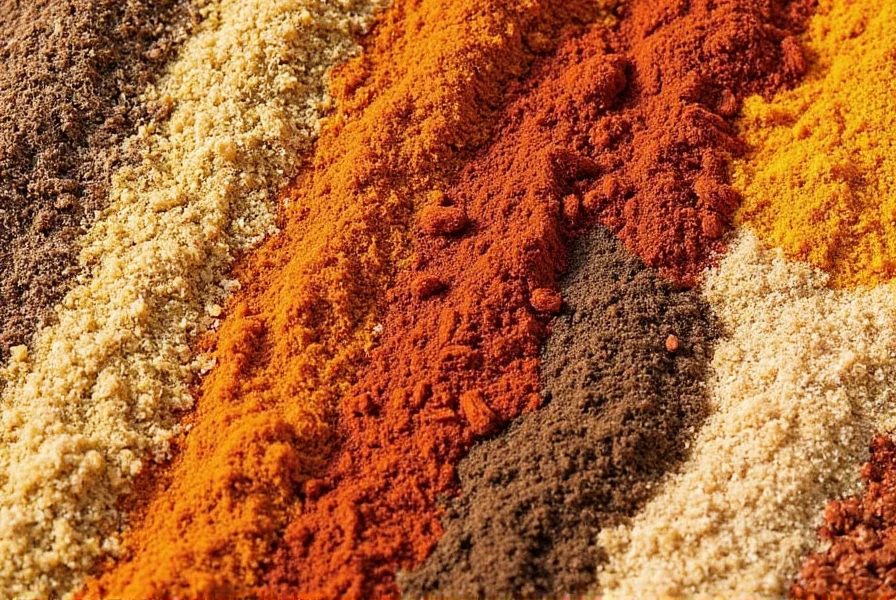
Spices transform ordinary meals into extraordinary culinary experiences. They carry cultural stories, enhance nutritional value, and create depth of flavor that can't be replicated with salt or sugar alone. In this guide, you'll learn exactly how to use these flavor powerhouses in your daily cooking.
Beginner Spice Blends: Simple Recipes for New Cooks
Starting with spices doesn't have to be intimidating. These easy-to-make blends require minimal ingredients and preparation time while delivering restaurant-quality results.
| Blend | Main Ingredients | Best For |
|---|---|---|
| Cajun Seasoning | Paprika, Garlic Powder, Onion Powder, Cayenne, Thyme, Oregano | Grilled shrimp, sausages, potatoes |
| Mediterranean Mix | Rosemary, Thyme, Oregano, Basil, Lemon Zest | Roasted vegetables, lamb chops, salads |
| Taco Seasoning | Chili Powder, Cumin, Paprika, Coriander, Garlic Powder | Tacos, fajitas, chili |
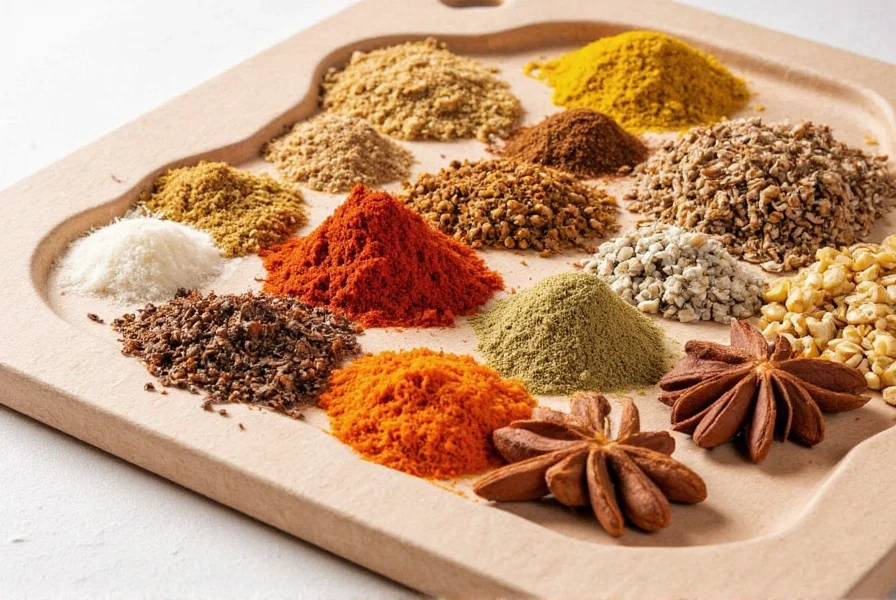
Pro Tip: For beginner spice recipes, start with pre-ground spices to simplify the process. Once comfortable, experiment with toasting whole spices for deeper flavor.
Advanced Spice Blends: Elevate Your Cooking with Complex Flavors
Ready to impress? These sophisticated blends combine multiple spices to create layered, restaurant-quality flavors perfect for special occasions or everyday gourmet meals.
| Blend | Key Components | Flavor Profile | Use Case |
|---|---|---|---|
| Garam Masala | Cardamom, Cloves, Cinnamon, Cumin, Coriander Seeds | Earthy, warm, aromatic | Curries, lentil soups, roasted chicken |
| Dubliner BBQ Rub | Smoked Paprika, Brown Sugar, Whiskey Powder, Garlic Powder | Savory-sweet, smoky | BBQ ribs, burgers, grilled corn |
| Za'atar | Thyme, Sumac, Sesame Seeds, Salt | Tangy, herbaceous | Flatbreads, hummus, roasted carrots |
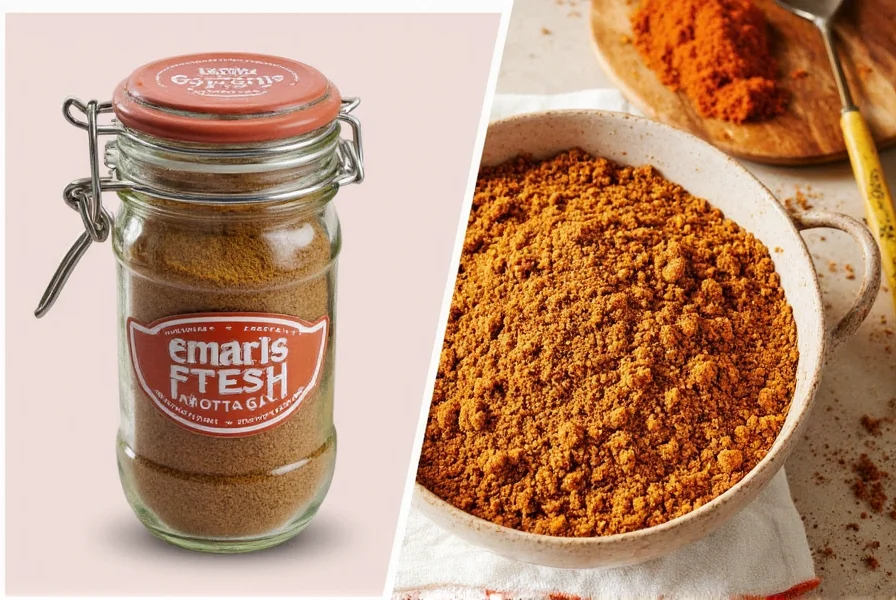
Expert Insight: For authentic Garam Masala, toast whole spices before grinding to unlock their full aromatic potential. This simple step makes all the difference in flavor depth.
Buying Guide: How to Choose Premium Spices
Not all spices are created equal. Here's how to identify high-quality spices that will truly enhance your cooking:
What to Look For When Buying Spices
- Freshness: Check packaging dates. Whole spices last 3-4 years, while ground spices maintain peak flavor for 1-2 years.
- Color: Vibrant hues indicate stronger flavor (e.g., deep red paprika vs. faded orange).
- Aroma: Fresh spices should have a strong, pleasant scent when rubbed between fingers.
- Packaging: Opt for airtight containers or resealable bags to maintain potency.
- Brand Reputation: Trusted brands source from reliable suppliers for consistent quality.
| Brand | Features | Best For | Price Range |
|---|---|---|---|
| The Spice Garden | Organic, non-GMO, ethically sourced | Home cooks looking for purity | Moderate |
| McCormick Gourmet Series | High-quality, consistent flavors, wide availability | Everyday cooking | Affordable |
| Penzey's Spices | Fresh shipments, bulk options, excellent customer service | Foodies and gourmet chefs | Premium |
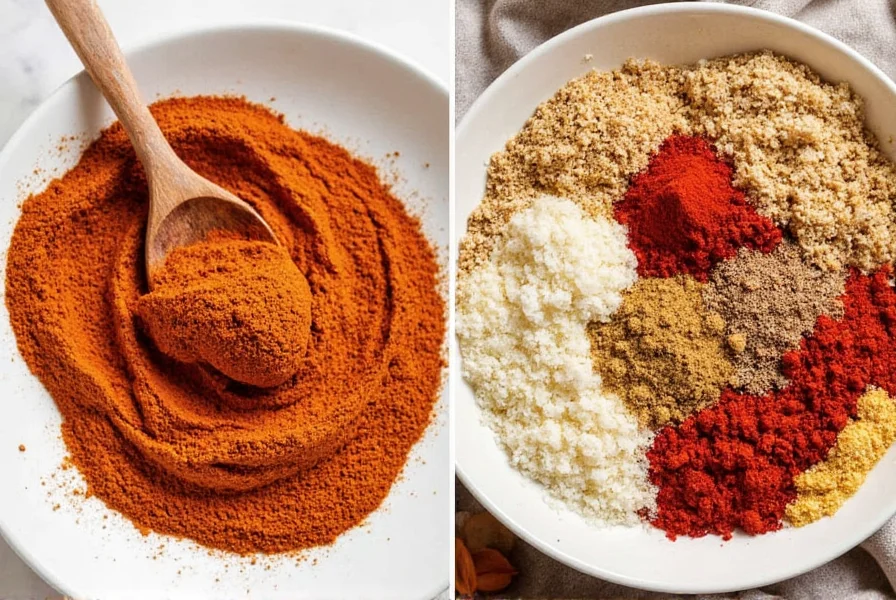
Proper Storage Techniques for Maximum Freshness
Even the best spices lose potency when stored incorrectly. Follow these science-backed storage tips to keep your spices fresh longer.
- Light Exposure: Store spices in dark glass jars away from direct sunlight to preserve color and flavor compounds.
- Heat: Keep away from stovetops, ovens, and dishwashers to prevent accelerated degradation.
- Moisture: Use dry spoons when scooping to prevent clumping and mold growth.
- Labeling: Label homemade blends with creation date for easy reference.
| Spice | Whole Form | Ground Form |
|---|---|---|
| Black Pepper | 4 years | 2–3 years |
| Cumin | 4 years | 3–4 years |
| Cinnamon | 4–5 years | 2–3 years |
| Coriander | 3–4 years | 2–3 years |
| Chili Powder | N/A | 6 months–1 year |
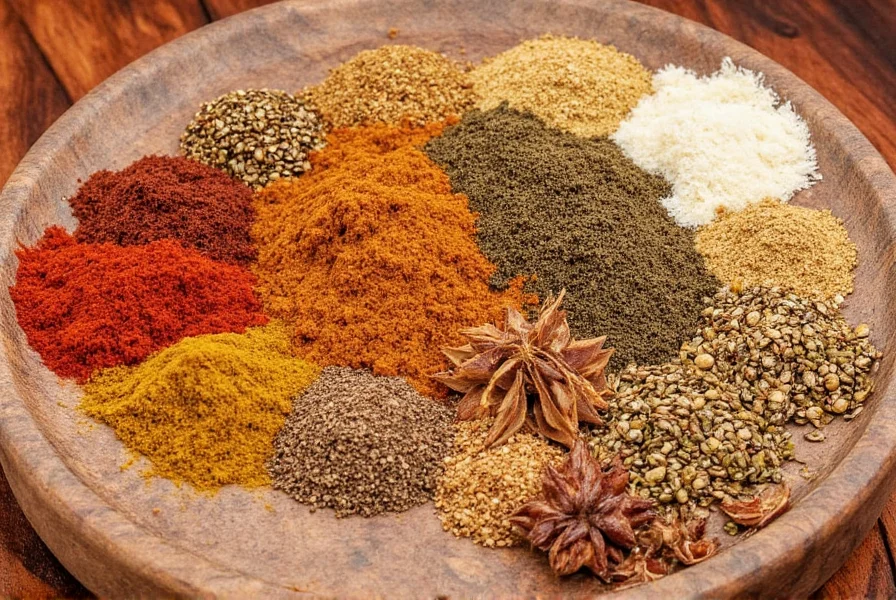
Fusion Twist: Global Flavors in One Pan
Break culinary boundaries with these innovative fusion spice combinations that blend traditions from different cultures for exciting new flavors.
| Recipe | Key Spice Blend | Global Influence |
|---|---|---|
| Tex-Mex Curry | Turmeric, Smoked Paprika, Cumin, Chili Powder | India + Mexico |
| Asian BBQ Tacos | Gochujang, Soy Sauce, Garlic, Chili | Korea + Mexico |
| Moroccan Jerk Chicken | Ras El Hanout, Scotch Bonnet, Thyme | Morocco + Caribbean |
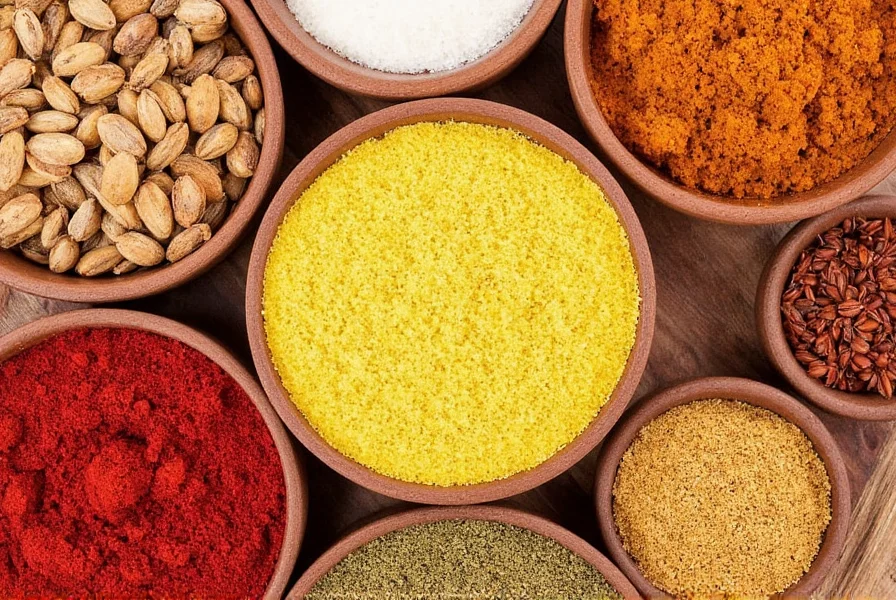
Seasonal Spice Recipes for Every Time of Year
Align your spice usage with the seasons for perfectly balanced, timely flavors that complement fresh ingredients.
| Season | Popular Spice Blend | Recommended Use |
|---|---|---|
| Spring | Lemon Dill Salt | Salads, seafood, light pasta sauces |
| Summer | Smoky BBQ Rub | Grilled meats, skewers, potato salad |
| Fall | Pumpkin Pie Spice | Baked goods, lattes, oatmeal |
| Winter | Spiced Chai Mix | Tea, desserts, mulled wine |
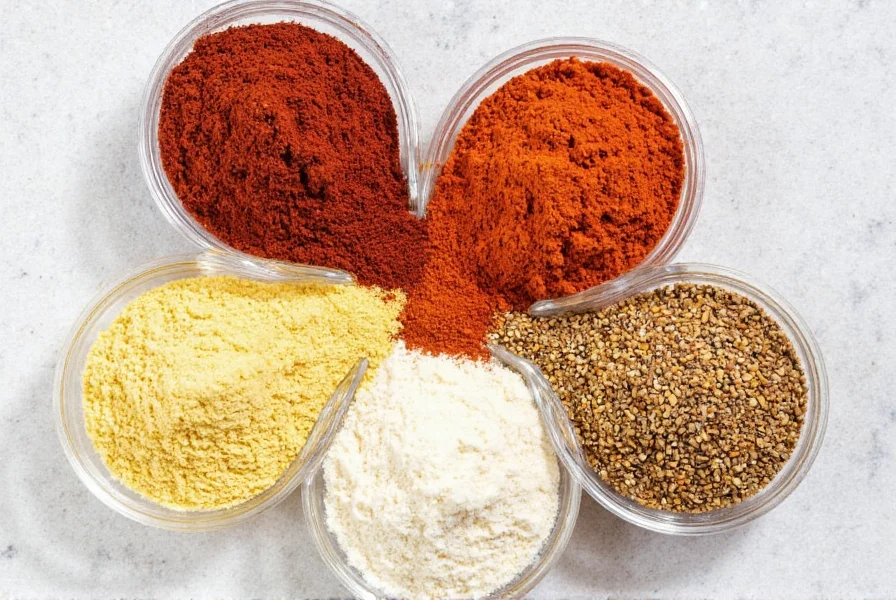
Frequently Asked Questions About Spice Recipes
Here are answers to common questions about creating and using spice blends in your cooking:
What are the most essential spices every kitchen should have?
Every well-equipped kitchen needs salt, black pepper, garlic powder, onion powder, cumin, paprika, and cinnamon. These versatile spices form the foundation for countless recipes across various cuisines. As you expand your collection, add coriander, oregano, thyme, and chili powder for more complex flavor profiles.
How can I tell if my spices are still fresh?
Fresh spices should have vibrant color and strong aroma. Test freshness by rubbing a small amount between your fingers—if the scent is weak or barely noticeable, it's time to replace them. Ground spices lose potency after 1-2 years, while whole spices remain fresh for 3-4 years when stored properly.
What's the difference between spice blends and single spices?
Single spices provide distinct flavor notes (like cumin's earthiness or cinnamon's warmth), while spice blends combine multiple spices to create complex, balanced profiles. Blends like Cajun seasoning or garam masala deliver restaurant-quality flavors with a single addition, while single spices allow precise flavor control for specific dishes.
Can I substitute ground spices for whole spices in recipes?
Yes, but with adjustments. Generally, 1 teaspoon of ground spice equals 1½ teaspoons of whole spices. However, whole spices toasted and freshly ground provide superior flavor. For best results in spice blends, toast whole spices before grinding to enhance their aromatic compounds.
How do I make my own spice blends last longer?
Store homemade blends in airtight containers away from light, heat, and moisture. Dark glass jars work better than clear plastic. For maximum freshness, make smaller batches (3-6 months' supply), label with creation date, and consider freezing blends with high oil content. Avoid adding salt until ready to use, as it can draw moisture and reduce shelf life.
What are some easy ways to incorporate more spices into daily cooking?
Start small by adding spices to dishes you already make. Try mixing taco seasoning into ground beef for tacos or burgers, sprinkling za'atar on avocado toast, or adding curry powder to scrambled eggs. Create "flavor stations" in your kitchen with your most-used blends for quick access. Remember that spices work best when added at different cooking stages—some should be sautéed with aromatics, while others are better added toward the end of cooking.
Conclusion: Transform Your Cooking Today
Spices are more than pantry staples—they're culinary tools that can transform ordinary meals into extraordinary experiences. By mastering these 7 essential spice blends and following the expert storage and buying tips in this guide, you'll consistently create flavorful, satisfying dishes that impress family and friends.
Start small: pick one blend to make this week, experiment with it in your favorite recipes, and discover how a few simple ingredients can elevate your cooking to new heights. The world of spices is vast and exciting—your culinary adventure begins now!
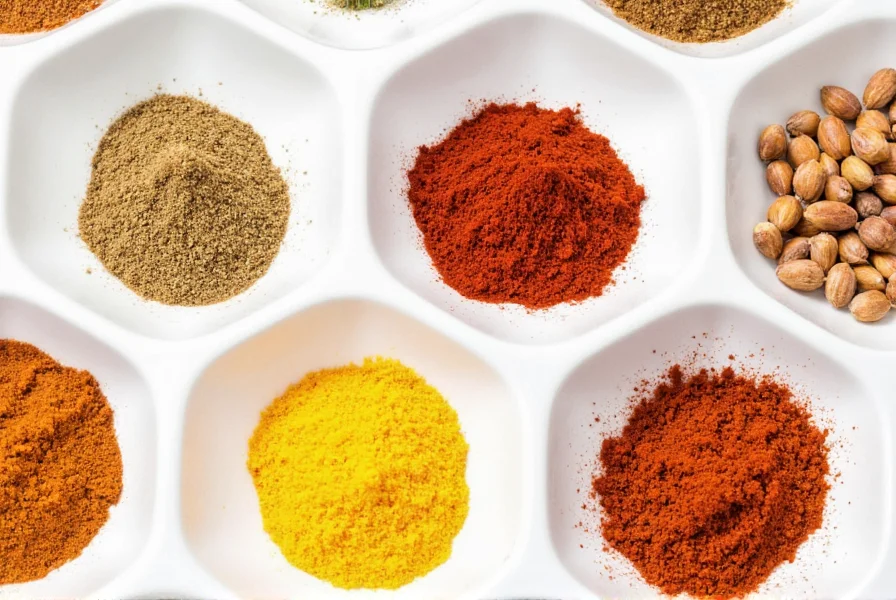

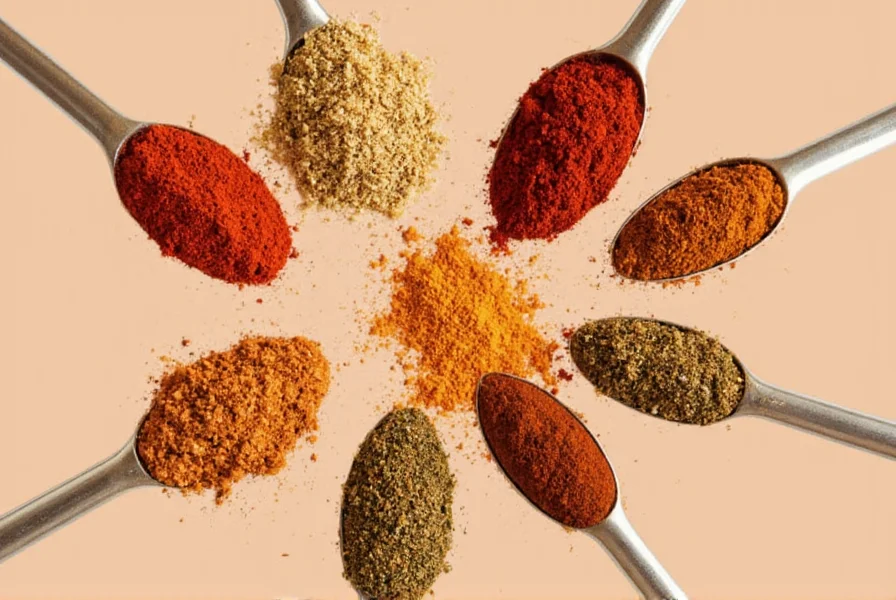









 浙公网安备
33010002000092号
浙公网安备
33010002000092号 浙B2-20120091-4
浙B2-20120091-4